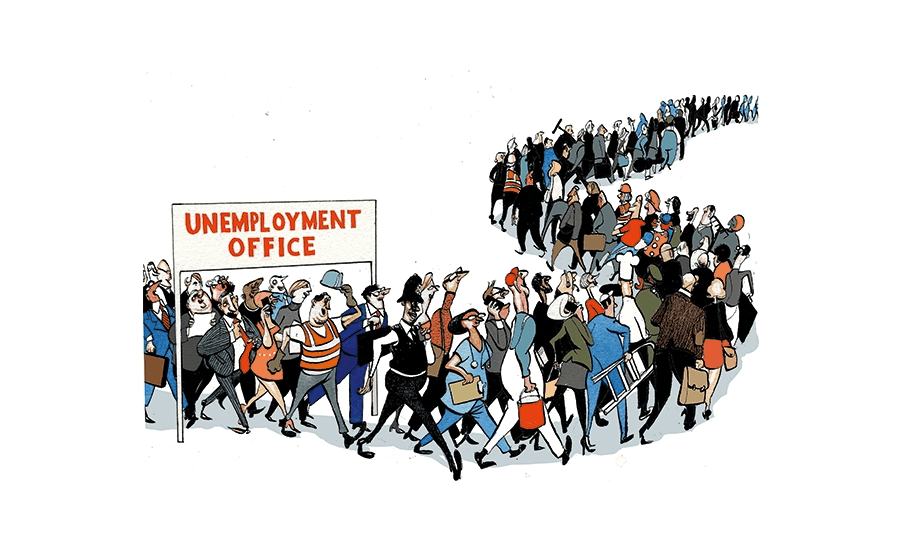Is ‘workshy Britain’ a mirage caused by dodgy statistics? That is what the left-leaning think tank the Resolution Foundation is claiming in a report published this morning. The Office for National Statistics (ONS), it says, has missed 930,000 people who are actually in work. The missing numbers, it asserts, are enough to raise Britain’s employment rate from 75 percent to 76 percent, with a corresponding fall in the combined total of people classified as unemployed or economically inactive.
Until the 1990s, the concept on unemployment in Britain was pretty straightforward: it was the total number of people who were claiming unemployment benefit. Since then, however, the unemployment total has instead been calculated using replies to the ONS’ Labour Force Survey (LFS) – a questionnaire sent to selected households.
The figure which seems to really matter is the number of people on out-of-work benefits
While official unemployment has remained low since the pandemic, there has been a big rise in the numbers of people being recorded as economically inactive. This is either because they are too sick to work, bound by caring responsibilities or because they have simply decided to give up work and live off their savings and investments, trust funds or someone else’s charity. This has been blamed variously on long-term Covid, or on people becoming so used to a life of leisure during furlough that they can’t be bothered to go out to work any more. While Covid struck every country, the rise in economic inactivity is an almost uniquely British phenomenon; in Europe, only Latvia has also seen a fall in its employment rate.
However, the Resolution Foundations claims that the ONS’ figures on employment don’t tally with another dataset: that for the HMRC payroll and self-employment. That is where it has derived its estimate that the LFS has missed 930,000 people who are actually in work.
Why should the survey be failing properly to count workers? The Resolution Foundation points to a collapse in the number of people bothering to fill in the LFS forms sent to them by the ONS. In 2019 the response rate was 39 per cent; by 2023 it was down to 13 per cent. While it cannot offer any proof that the drop in numbers of people replying to the LFS is biased toward working rather than non-working people, the think tank does assert that the LFS may be failing to reach the large number of migrant workers who have arrived in Britain since the pandemic. To sum up the Resolution Foundation’s case, Britain is not too lazy to work, only to fill in questionnaires.
But data from elsewhere does rather challenge the Resolution Foundation’s case. The number of people on out-of-work benefits has soared since before the pandemic. In November 2018 (the rise began a year before the pandemic), there were 3.65 million people on out-of-work benefits (which include Universal Credit, unemployment benefit, incapacity benefit and others). By February 2024 this had mushroomed to 5.79 million.
The sharp rise in the number of claimants seemed to begin when the Conservative government started to move large numbers of people onto Universal Credit; suggesting that it had become easier to live on out of work benefits now that we have a one-stop shop for claiming them. That was ironic because Universal Credit was introduced in the hope that it would achieve the exact opposite, and encourage people back into work.
The LFS is certainly deficient. But the figure which seems to really matter is the number of people on out-of-work benefits – that is, after all, what costs taxpayers. This number has grown sharply over the past six years, with the pandemic and furlough seemingly only part of the story. Whether it is down to illness or laziness, a rising number of Britons are living on the charity of the state.







Comments